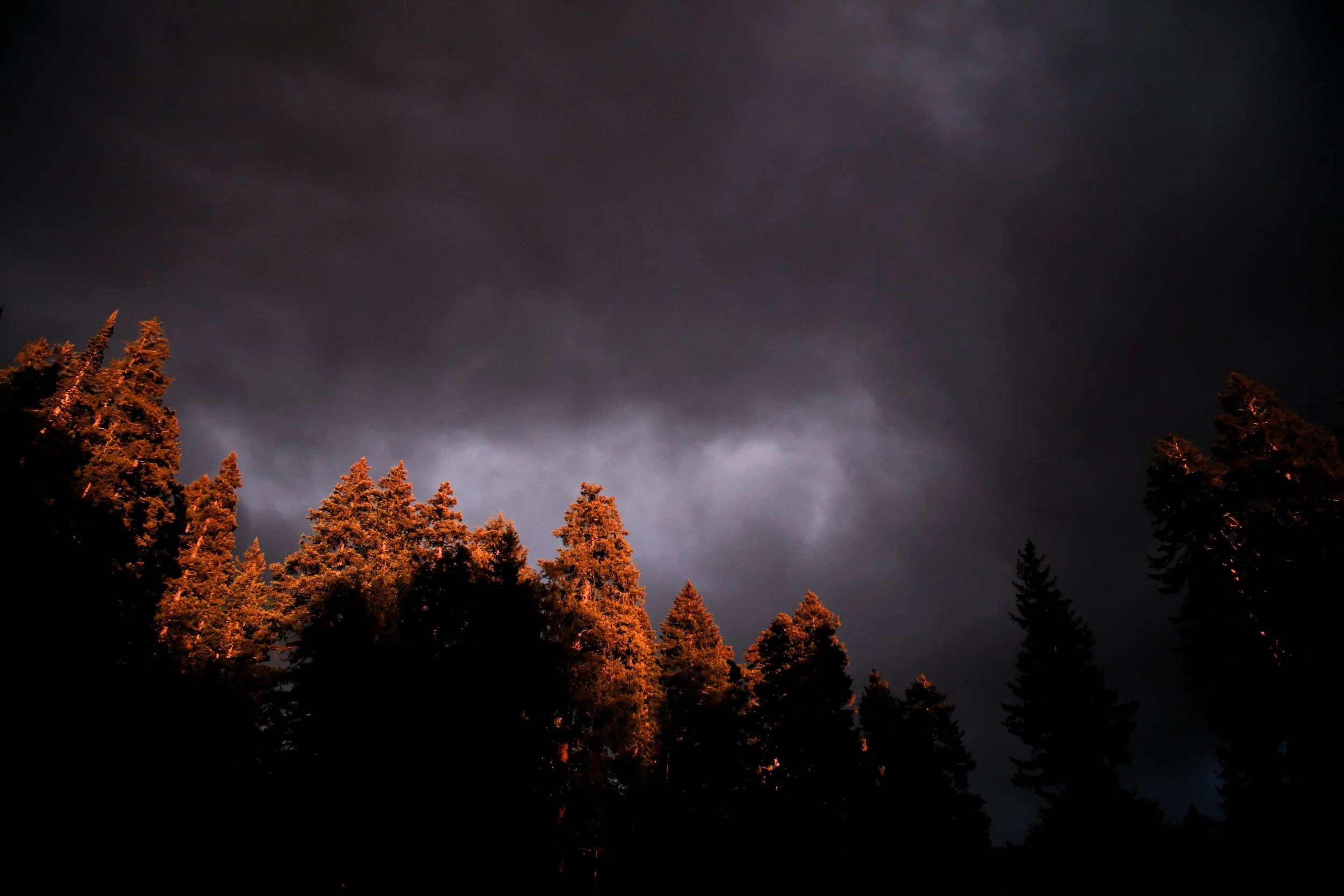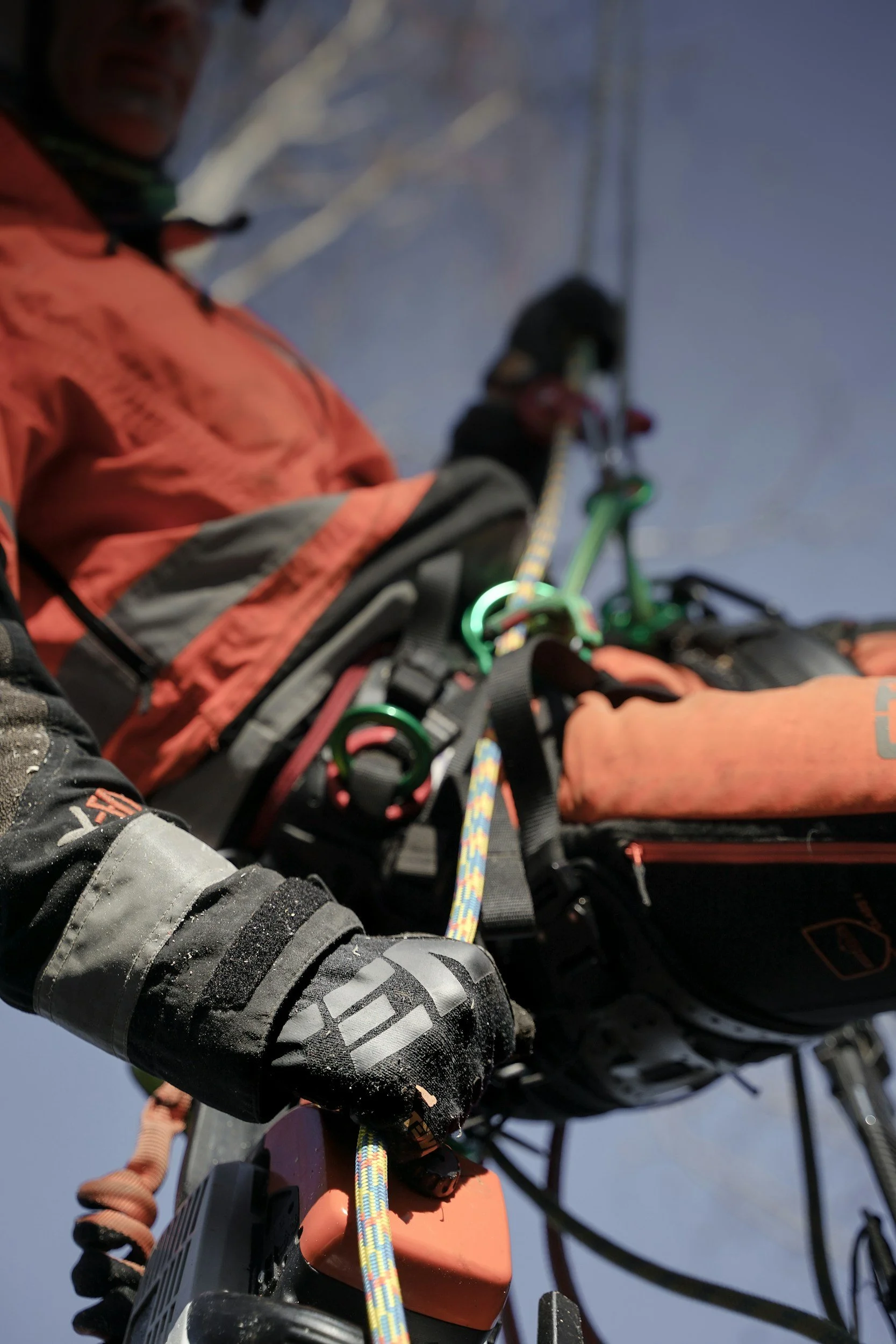Storm Cleanup & Preventative Tree Care in Edmonton (2025): Keep your trees — and property — safe
Alberta’s 2025 storm season has already shown how quickly high winds, hail and even tornados can turn a healthy yard into an expensive headache. If you live in Edmonton or the surrounding area, proactive seasonal maintenance and a fast, professional response after storm damage are the best ways to protect your home, vehicles and family. Below is a practical guide on what to do before and after storm damage — plus the exact reasons why getting a professional arborist on site matters.
Why Edmonton trees are more at risk in 2025
The Edmonton region is experiencing measurable shifts in weather patterns — warmer temperatures, more extreme rainfall, and more frequent and intense storm events — that increase risk to trees and the properties beneath them. These changing conditions mean trees face more stress from drought, freeze-thaw cycles, hail and powerful wind events.
In 2025 Alberta has seen multiple damaging windstorms and confirmed tornado touchdowns that produced paths of tree damage near and around the Edmonton region — events that underline how quickly severe weather can topple mature trees and cause property damage.
Environment Canada also highlights that warm-season hazards — thunderstorms, hail, strong winds and tornadoes — are important regional risks during Alberta’s spring and summer months. That’s why preparation and timely action matter.
Preventative seasonal maintenance: what to do (and when)
Regular, seasonally timed care reduces the chance of a small problem turning into a dangerous, costly one. Focus on these activities:
Early spring (before leaf-out): inspect for winter damage, remove deadwood and broken limbs, check structural defects (co-dominant stems, included bark).
Late spring — early summer: pruning for clearance from roofs and power lines; thinning crown to reduce sail effect; check tree vigor after spring storms.
Mid-summer: monitor for drought stress and pests; deep watering for newly planted trees and mulching to conserve moisture.
Fall: corrective pruning to remove weak branches and reduce winter wind/ice loading; stake or brace young trees if necessary.
Proper pruning, trimming (done by a professional arborist), and selective removal of hazard trees lowers the chance a tree will fail in high winds — and can mean the difference between a snapped limb in the yard and a limb through your roof.
After the storm: safety first, then assessment
If a storm hits, follow these safety-first steps:
Make sure people are safe. If the house is structurally unsafe or there are downed power lines, stay out and call emergency services.
Document the damage. Take photos and videos of fallen branches, uprooted trees, damaged structures and vehicles — this helps with insurance claims.
Contact your insurer. Most homeowner policies cover sudden storm damage from wind or falling trees; report damage early so claims can be processed. Keep receipts for any emergency repairs.
Avoid DIY removals for large or unstable trees. Tree removal is dangerous: working near power lines, roofs, or on sloped terrain requires specialized equipment and training.
What a professional storm cleanup does differently
When you hire a professional arborist for storm cleanup, you get:
a safety-first assessment (hazardous limbs, root failures, compromised trees),
staged removal to protect structures and landscaping,
debris removal & clean up,
salvage pruning when trees can be preserved, and
a written estimate.
We follow industry best practices so crews and property stay safe.
Cost considerations & timeline
Every cleanup is different: a single downed limb is a low-cost, quick job; a toppled mature tree requires more time, coordination, and equiptment. We’ll provide a transparent, itemized estimate and explain options: full removal, salvage pruning, or staged work.
Quick checklist you can screenshot
Safety first — are people safe? If not, call 911.
Photograph all damage.
Call your insurer and document claim number.
Call a professional arborist for assessment — don’t attempt high-risk removals yourself.
Keep receipts for emergency repairs and temporary protections.
Don’t wait — book an on-site consultation & estimate
If a storm has recently passed through your neighbourhood or if you want to reduce your risk before the next one, contact us for a professional on-site consultation and estimate. We’ll inspect your trees, point out hazardous specimens, and provide a clear plan to protect your property.
📩 Request an Estimate
📍 Book an On-Site Consultation
📞 Call or text us us at 780-937-6369




